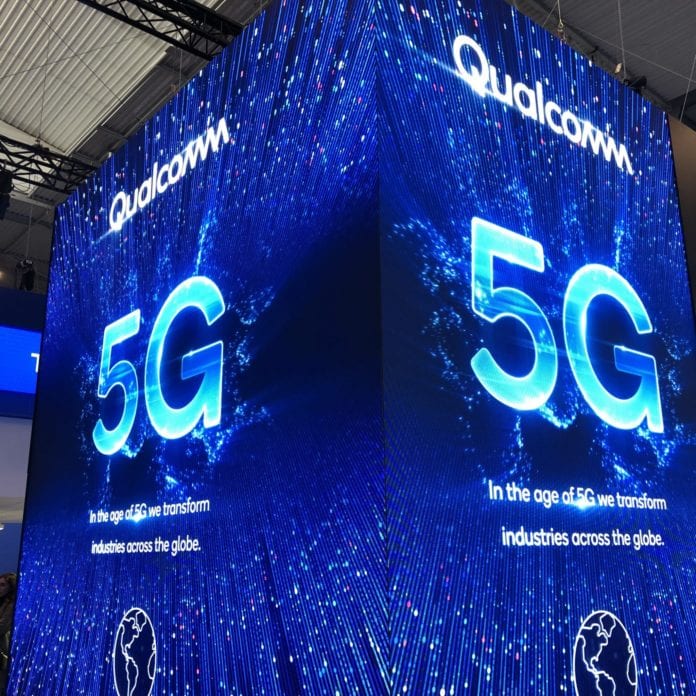5G devices, distributed clouds, in-building, together with LTE
Mobile World Congress Barcelona was all about 5G–5G devices to deliver enhanced mobile broadband experiences to consumers; 5G as the great enabler of the internet of things and artificial intelligence; 5G as the catalyst for widespread digital transformation across enterprise and industrial verticals.
Here we take stock of the state of 5G from a variety of telecom industry stakeholders to paint a clearer picture of exactly where we are today in the long-term trajectory of the next-generation of cellular.
Qualcomm’s Snapdragon 855 SoC and X50 modem power the first wave of 5G-compatible smartphones unveiled around MWC. Ignacio Contreras, director of product marketing, Qualcomm Technologies, said, “We have seen many of the myths about 5G derailed because 5G is here; it’s real. It will be on the kind of devices people expect today. 5G is here; it will be on the form factors, it will be on the prices, it will be on the battery life people expect from their devices.”
Executives from Dell Technologies discussed the key role of IT in building out 5G, which will require cloud computing capabilities distributed throughout the network.
“If you think about what’s happening with all the technology changes, and most companies and even service providers moving to a multi-cloud strategy…we’re helping customers enable everything in this network transformation from core to edge,” Tom Burns, SVP and GM of Dell EMC Networking & Solutions, told RCR Wireless News.
Subscribe now to get the daily newsletter from RCR Wireless News
VMWare EVP of Strategy and Corporate Development and GM of the Telco Group Shekar Ayyar described the vision “as bringing any application connectivity for any device on any cloud. You can look at the cloud as bringing together private, public, hybrid as well as the telecom clouds and the edge clouds. We’ve got systems to support our customers on all of those. This just gives a complete, comprehensive view to our customers in terms of what they can rely on Dell Technologies for.”
In terms of bringing 5G in-building, SOLiD Americas President Ken Sandefeld said in the U.S., cellular building penetration is less than 12%. “We’re going to do our part to increase that. The only way you’re going to be able to do all the cool things with 5G is to have more devices in these buildings. We’re going to be making these solutions, providing end-to-end products.”
Mohamad Madkour, vice president of global wireless network marketing and solutions, Huawei Technologies, explained how the company approaches commercial 5G deployment while continuing its work with 4G.
He said, “Outstanding LTE is the first step to get excellent 5G. Our strategy in 5G is to facilitate simple, powerful, efficient and secure 5G deployment. We’re also keeping our strategy that we started years ago, which is…continuous strengthening for LTE. We see that as business continuity for our customers as well as a necessary groundwork for 5G readiness. We really focus on efficiently and profitably providing 5G-like experiences and 5G-like services in today’s LTE network simultaneously with a simple 5G add-on to fit operators’ business scenarios.”

